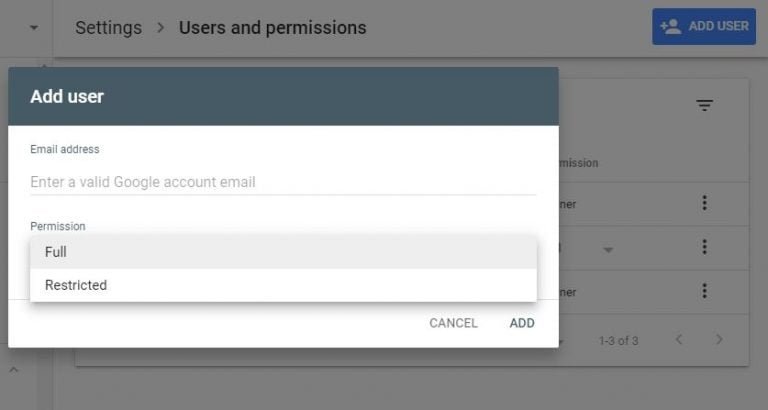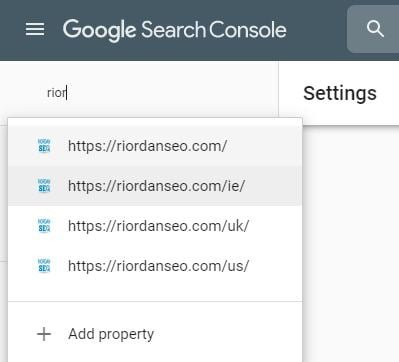Choosing An SEO Friendly Domain Name
These days, SEO is one of the main pillars of modern digital marketing. Keeping in mind the fact that only 0.44% of people ever go to the second page of SERP to find what they were looking for, this ever-growing relevance shouldn’t come off as a big surprise.
It is also very understandable that companies doing SEO want to use every asset at their disposal to make Google’s ranking algorithm work to their advantage. Here, we will take an in-depth look at how the domain name factors into this whole story.
What are domain names and how they impact SEO ranking
Contents
So, let us start with the domain name. If you are unfamiliar with the term, domain name describes the URL component that designates your website. In the URL ‘http://www.example.net/index.html’ your domain name would be ‘http://www.example.net/index.html’.
As we can see, even this component can be divided into three parts:
- www – subdomain
- example – domain name
- com – top-level domain or extension
Since www makes the most common subdomain option on the web we usually like to treat the domain name and top-level domain as one entity going under the name ‘top-level domain’.
Keeping all these things in mind, Google has recently released a list of ranking factors that features more than 200 unique entries. At this very moment, the domain name is not included on this list, unless we are speaking about top-level domains designating the website’s country of origin that can drastically affect the search results.
However, Google’s list does include some other important mentions that are more than relevant for this story like click-through rate, bounce rate and dwell time. All these factors can be strongly influenced by your choice of the root domain. Let us see how these things work in greater detail.
The choice of the extension
The domain extension can lend a great deal of authority to your website and, according to recent estimates you now have more than 1,000 options to pick from. But, according to recent research, about 53% of all active websites use the ‘.com’ extensions (originally designed to designate for-profit organizations), so you can treat this as the safest pick on the table. Other popular top-level domains at our disposal are:
- .net – now open for everyone, originally intended for internet service providers
- .org – now open for everyone, originally intended for non-profit organizations
- .info – open extension usually intended for informational portals
The original purpose of these top-level domains can help your branding goals depending on the main purpose of your website. However, as of recently, we have also witnessed the rise of very fun and popular personal domain options like ‘.me’ that offer companies some very interesting keyword plays and branding options. Consider this route if you want to pop out or you are leaning more in the fun and trendy direction.
Brandable domain names
Popular websites are traditionally always ranked better than new options even if they follow the same SEO guidelines. This is because, while ranking the pages, Google uses the so-called brand signals and website authority to sort them out. How successful your company will be as a brand depends on a variety of factors, but speaking strictly in terms of website domain names, the brandable name should:
- Be simple and short
- Be easy to remember
- Stand out from the competition
- Present an empty branding vessel (like Apple before the company launched)
- Be completely invented (like Google)
The length and structure of the domain name
The simplicity of the domain name isn’t related solely to the brandability of your future website – your goal should be to make access to your website as easy as possible. Keeping that in mind, the domain name should feature somewhere between 6 and 14 characters, be easy to pronounce, easy to spell, never use repeated character sequences (e.g., ‘jjjohnson.com’), or use any complex, inaudible character combinations at all (e.g. ‘cgxzzy.com’).
You should also strongly avoid using hyphens, special characters and numbers. If you need one, try using words – instead of ‘4-seo.com’ you should preferably go with ‘forseo.com’.
Using the keywords in the domain name
This can be described as the opposite approach to coming up with brandable words for the name of the website. Although Google doesn’t rank the keywords used in the domain name, using these sequences in the name of your website can help the audience come across what you are exactly doing and improve the bounce rate and dwell time of your pages. If you are going to take this route remember that the name needs to be short so keep it at two or three keywords.
Namely, the keyword-rich domain names were once considered a very important SEO tool. But, since such pages were usually linked with poor-quality content, their significance has gradually faded away. These days, stacking the domain name with too many keywords can only bring your website under closer scrutiny.
Use website subfolders rather than subdomains
Speaking strictly from the strictly technical SEO perspective, using subdomains and website subfolders are the hierarchical structures that are, according to Google, both equally treated when ranking the pages. But, looking at the issue from the consumer perspective, it is far more streamlined to place the link-worthy content into subfolders since they are easier to find and navigate.
So, instead of using something like ‘blog.seofriendlydomains.com’ you should try your luck with ‘seofriendlydomains.com/blog/.’The exception to this practice is when you are creating language-specific content. Using the website folders will also make linking far cleaner and easier since most users are hesitant to click on overly convoluted hyperlinks. The folder hierarchy gives them a pretty good idea of what they’re up for.
In conclusion
We hope this breakdown gave you a general idea about how domain names influence the SEO process and how you can use them to put your company on the radar. Granted, the domain names are not included on the list of Google’s ranking factors. But, they can make your website easier to find and that is exactly what you are trying to do with SEO.





